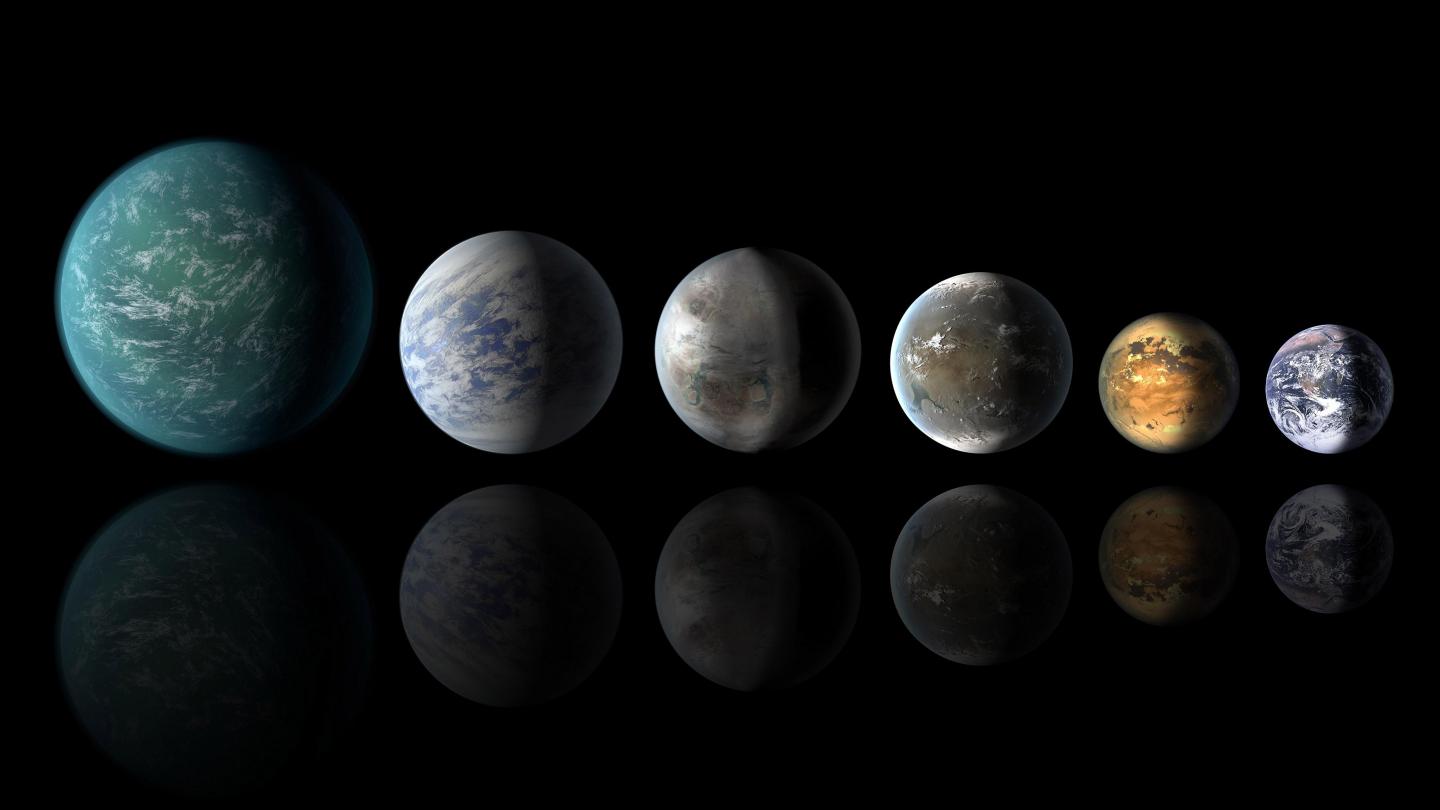As of this article’s writing, NASA has indicated that 5,030 extrasolar planets have been confirmed in 3,772 systems, with another 8,974 candidates awaiting confirmation. With next-generation instruments like the James Webb Space Telescope (JWST) coming online, the number and diversity of confirmed exoplanets are expected to grow exponentially. In particular, astronomers anticipate that the number of known terrestrial planets and Super-Earths will drastically increase.
In the coming years, the opportunities for exoplanet studies will increase considerably as thousands more are discovered using various methods. In a recent study, a team led by the Chinese Academy of Sciences (CAS) described a new space-telescope concept known as the Closeby Habitable Exoplanet Survey (CHES). This proposed observatory will search for Earth-like planets in the habitable zones (HZs) of Sun-like stars within approximately 33 light-years (10 parsecs) using a method known as micro-arcsecond relative astrometry.
Continue reading “The Closeby Habitable Exoplanet Survey (CHES) Could Detect Exoplanets Within a few Dozen Light-Years of Earth Using Astrometry”
